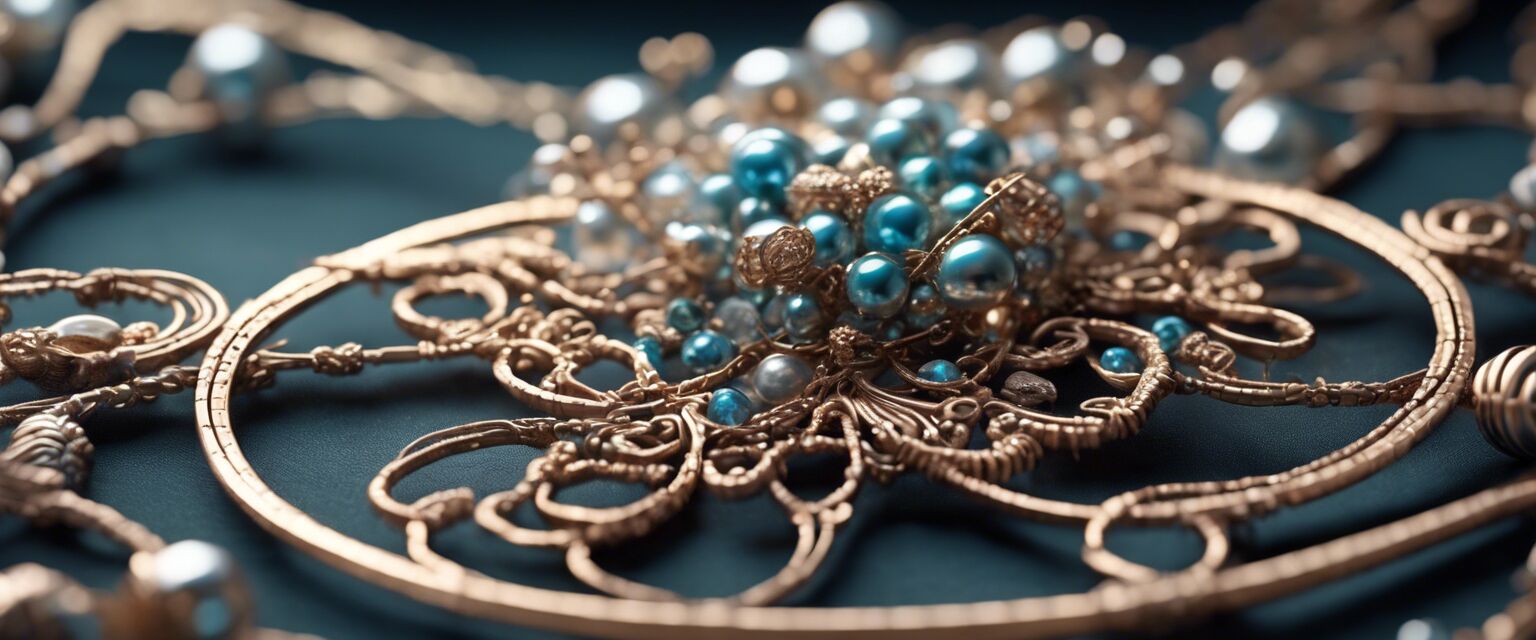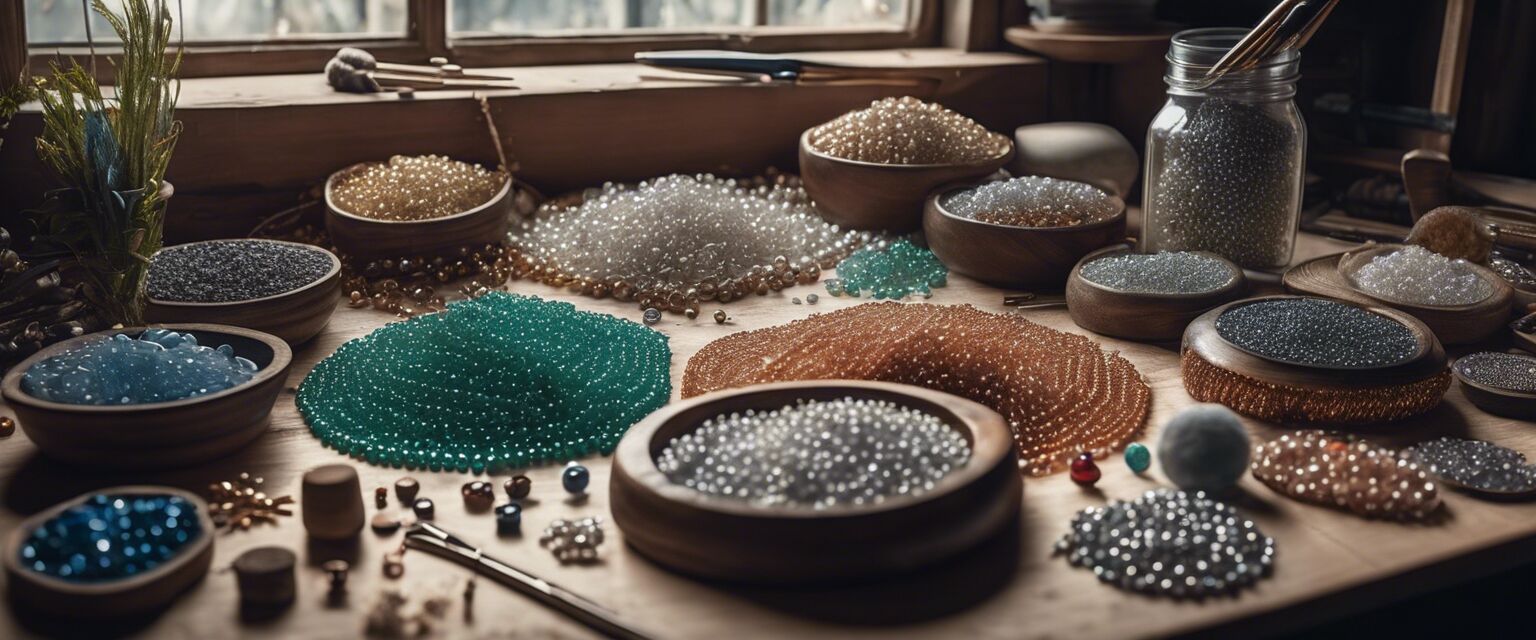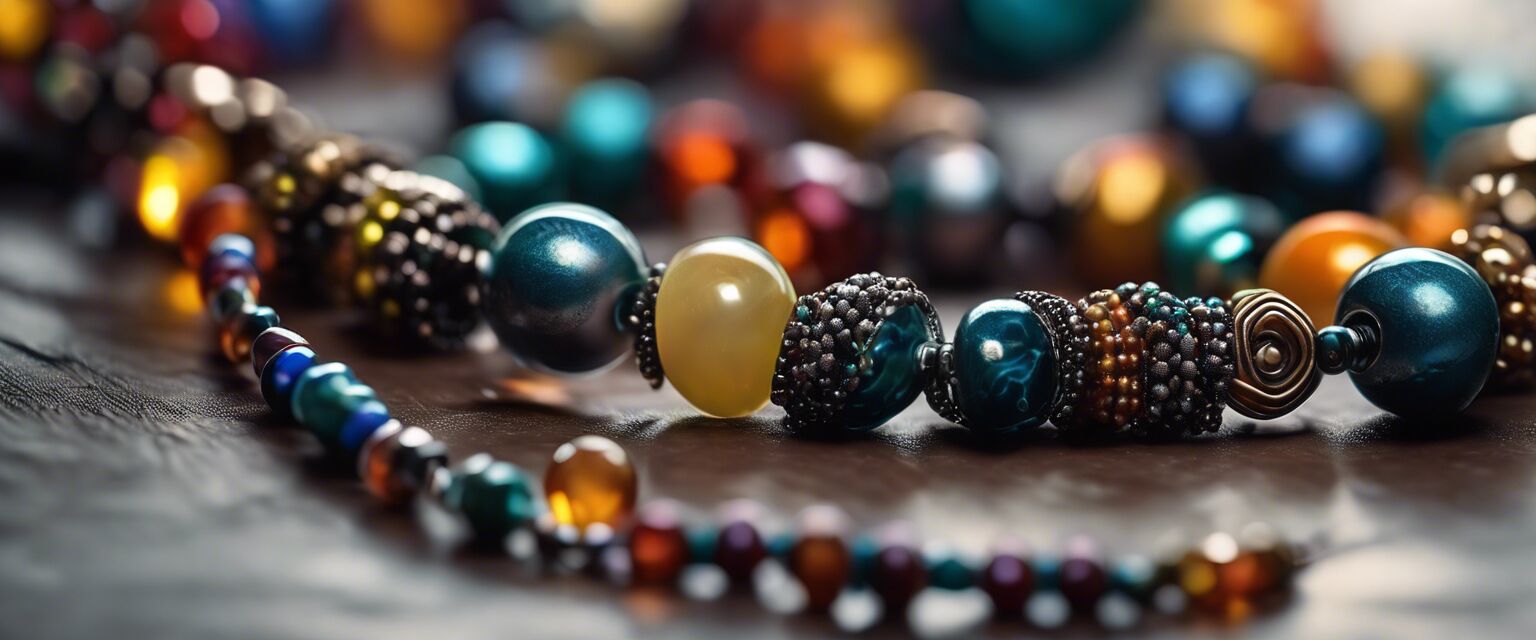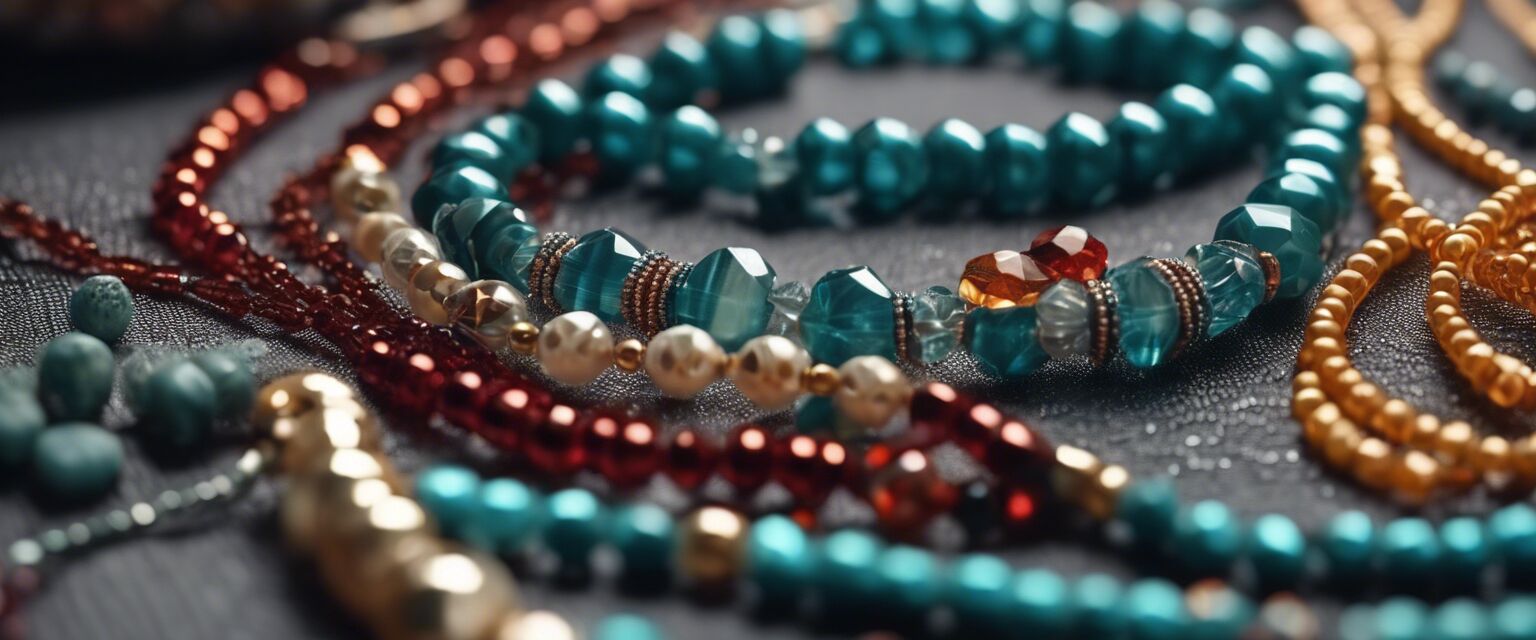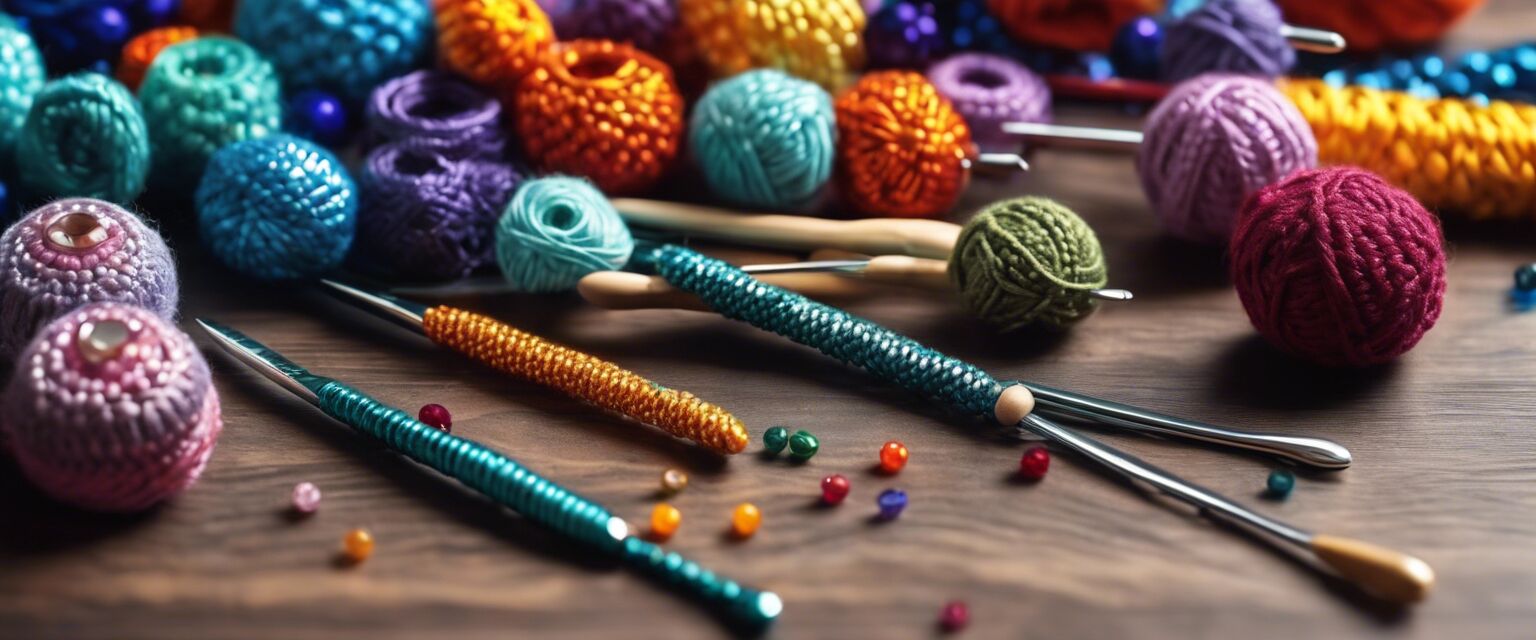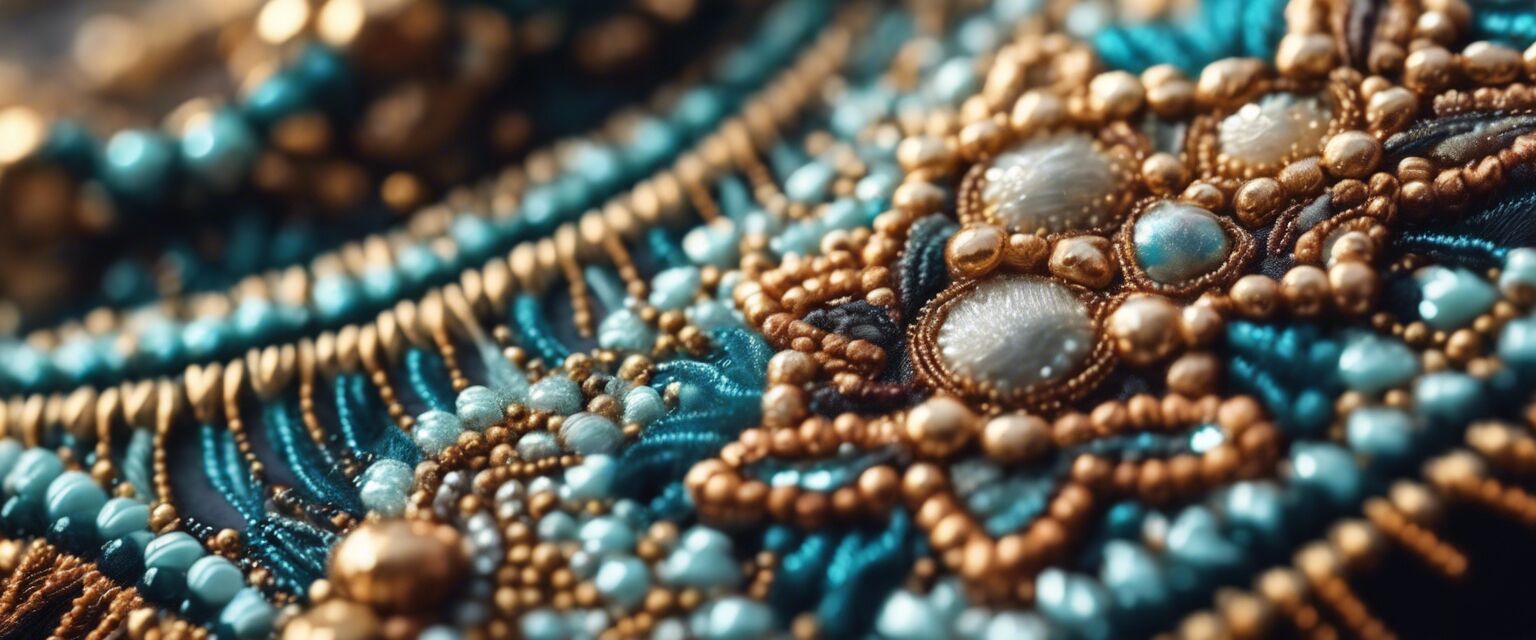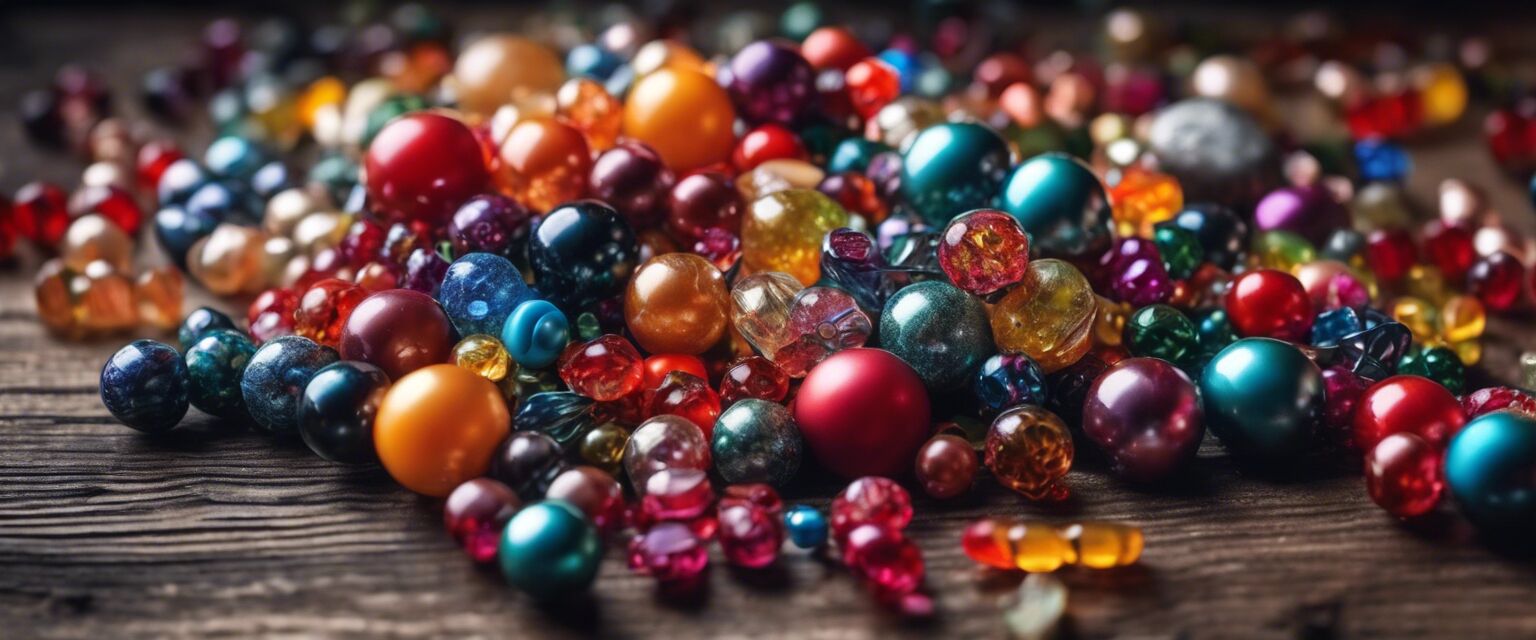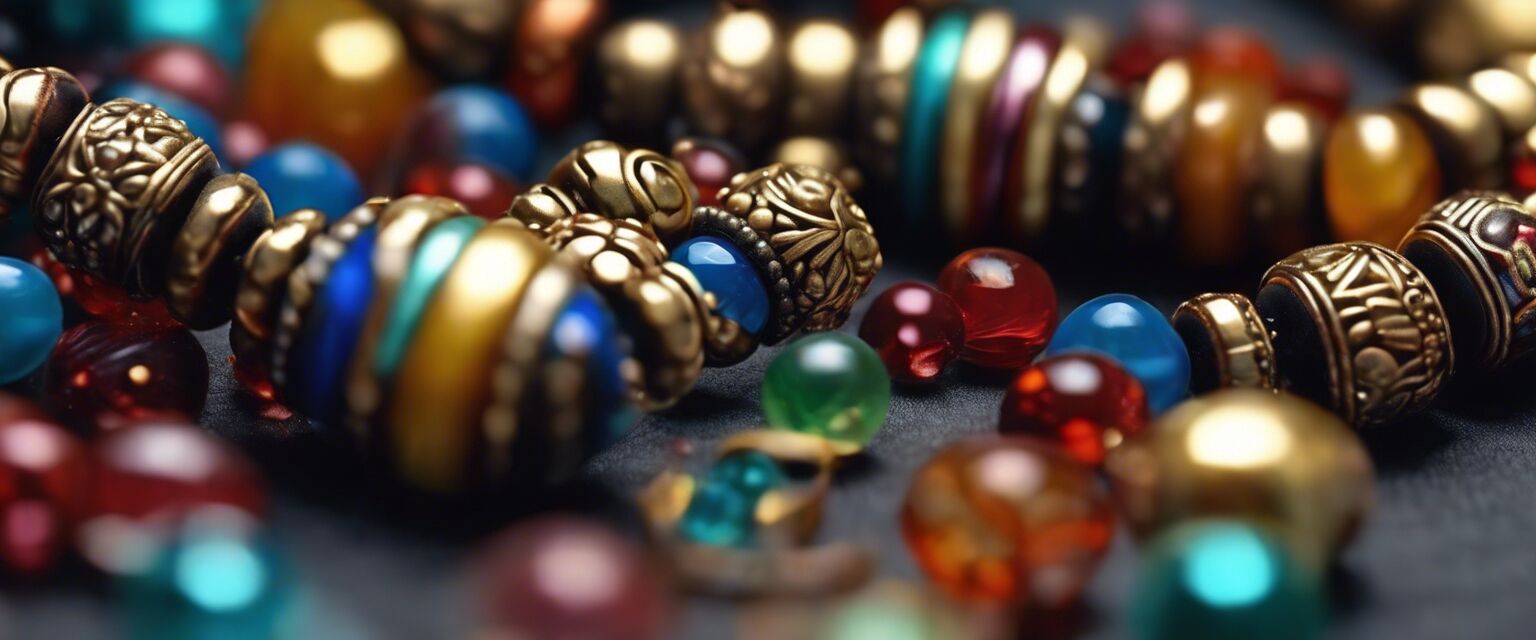
Cultural Beading Styles
Key Takeaways
- Cultural beading styles are rich with history and variations.
- Techniques used can reflect the values and traditions of a culture.
- Exploring different styles can enhance personal creativity in beadwork.
Beading is an ancient art that has been practiced for thousands of years across various cultures. Each culture has developed its unique style and technique, making beadwork a fascinating medium for artistic expression. In this article, we will explore different cultural beading styles and their historical significance, while also showcasing some key techniques you can incorporate into your own crafting. Let's dive into the world of beading!
Cultural Beading Styles Around the World
1. Native American Beading
Native American beadwork is known for its vibrant colors and intricate designs. Traditionally made from natural materials, the designs often hold spiritual significance and tell stories of their culture.
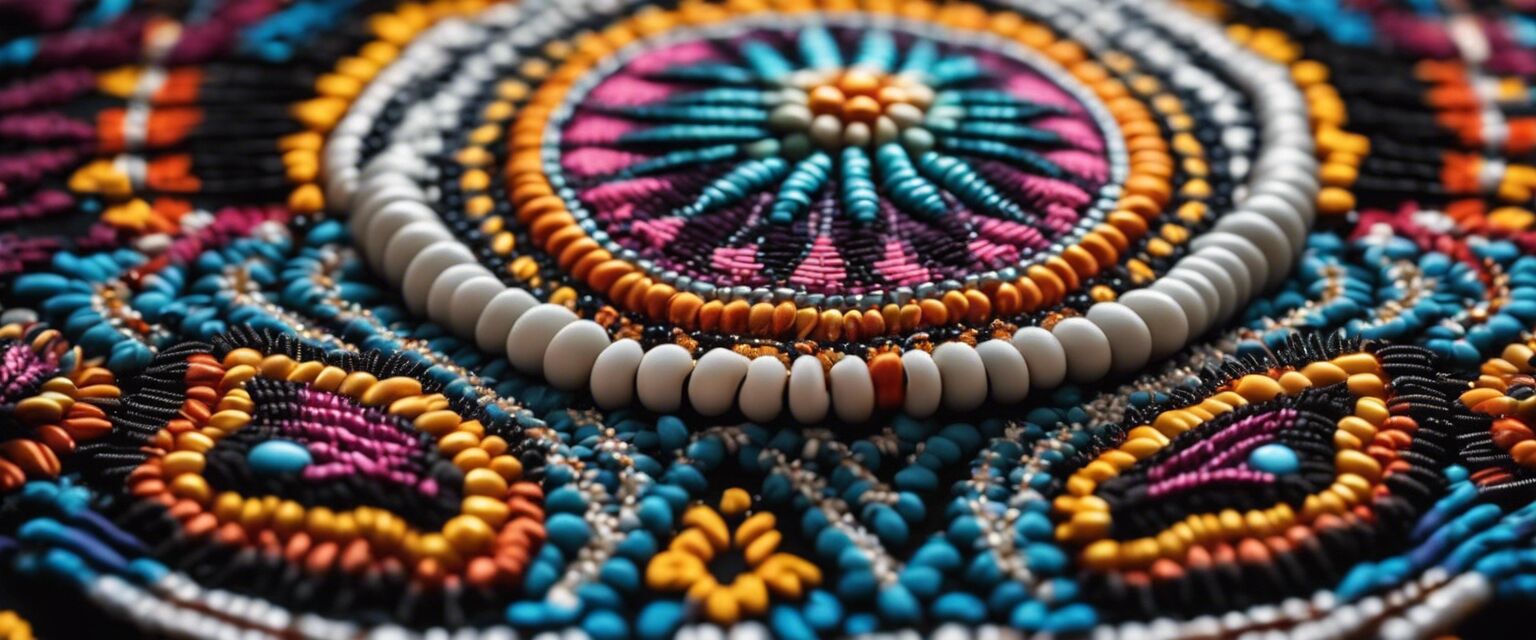
| Technique | Description |
|---|---|
| Flat Stitch | A technique where beads are sewn onto a flat surface to create patterns. |
| Fringe Beading | Adding dangling beads to create a fringe effect on garments and accessories. |
2. African Beading
African beadwork styles vary widely across different regions. The use of glass and metal beads is common, and patterns often symbolize social status, events, and personal achievements.
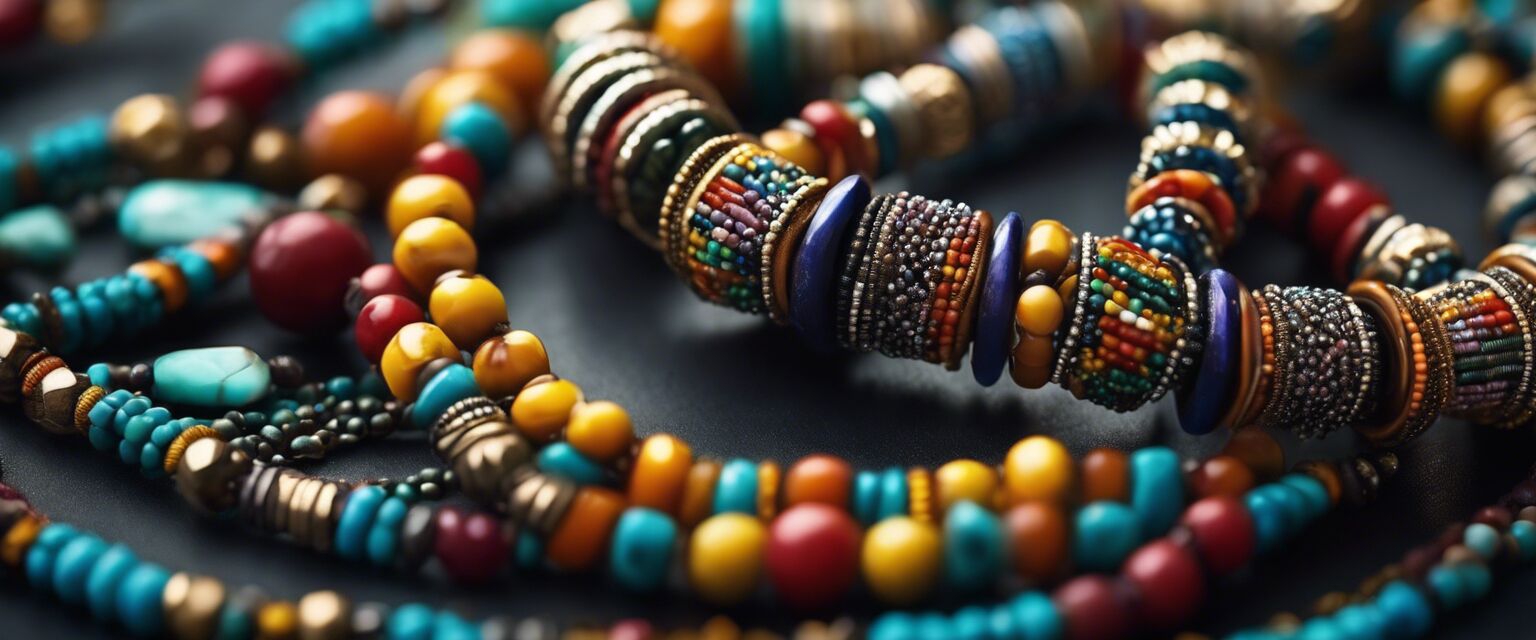
| Region | Beading Style |
|---|---|
| Masai (Kenya) | Bold and vibrant, using large beads and intricate patterns. |
| Zulu (South Africa) | Geometric designs that often convey messages through color and shape. |
3. Asian Beading
Asian cultures, such as Chinese and Indian, have their unique beading traditions. Jewelry often combines beads with auspicious symbols and uses techniques that reflect centuries of craftsmanship.
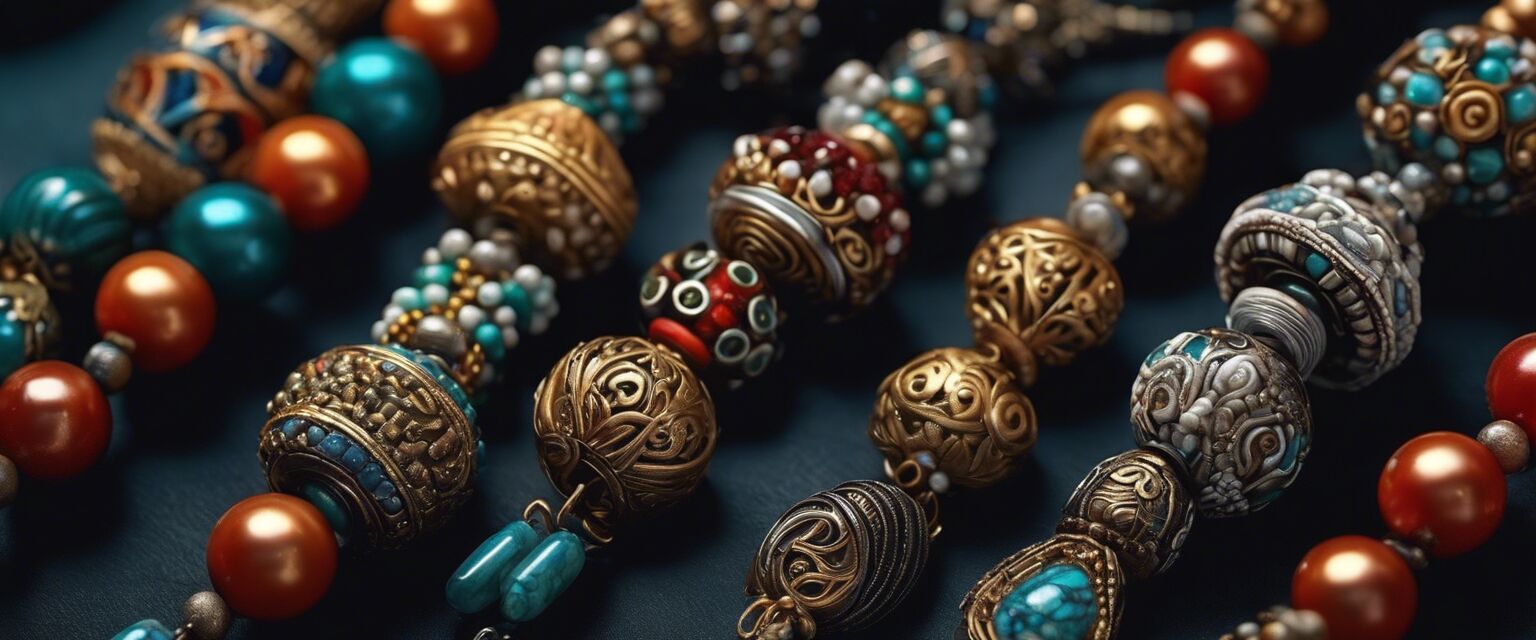
| Culture | Beading Technique |
|---|---|
| Chinese | Uses jade and crystal beads, often in combination with intricate knotting. |
| Indian | Employs embroidery techniques with beads to create elaborate designs. |
4. European Beading
European styles often involve glass beads, such as those from the Czech Republic, which are famous for their quality and variety. Beading in Europe can be traced back to medieval times.
| Country | Beading Style |
|---|---|
| Czech Republic | Glass beads crafted in various shapes and sizes, recognized for precision. |
| France | Uses seed beads in intricate lacework patterns. |
Incorporating Cultural Beading Styles into Your Work
By diversifying your beading techniques and exploring various cultural styles, you can enhance your creativity and make unique pieces of jewelry. Here are some tips:
Tips for Beginners
- Research different cultures and their beading techniques.
- Experiment with different materials like glass, stone, and metal.
- Join local or online beading groups to learn from others.
- Start with simple patterns and work your way up to more intricate designs.
- Document your creations and share them, fostering a sense of community and feedback.
Final Thoughts
Cultural beading styles are not only artistic but also serve as a connection to heritage and history. By exploring these various techniques and integrating them into your own work, you can create pieces that are not just beautiful but also meaningful. Happy beading!
Pros
- Provides a connection to historical and cultural traditions.
- Encourages creativity and personal expression through diverse techniques.
- Enhances skills through the exploration of different materials.
Cons
- Some techniques can be complex and require practice.
- Materials can vary in accessibility, making some styles difficult to replicate.
Learn More About Beading
For those interested in specific aspects of beading, check out our other pages for more detailed information:
